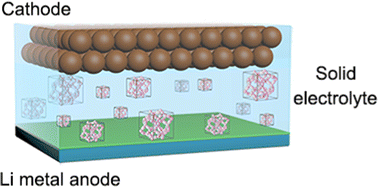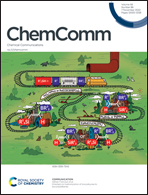Solid electrolytes for solid-state Li/Na–metal batteries: inorganic, composite and polymeric materials
Abstract
The thrust towards a higher energy density and safer alternative to traditional-liquid-electrolyte-based batteries has driven academic and industrial efforts in developing solid-state batteries and particularly solid-state Li/Na–metal batteries (SSLMBs/SSNMBs). Despite research on solid electrolytes seemingly being on a perpetual trajectory, there have been considerable critical issues to be overcome for solid electrolytes, including the insufficient ionic conductivity, low ion-transference number, and poor compatibility with lithium–metal anodes and intercalation cathodes. This feature article sets out efforts to regulate the cubic structure of garnet-type electrolytes, along with a discussion of the solid-solution synthetic approach to produce garnet-type and NASICON (sodium super ion conductor)-type electrolytes, followed by the synthetic strategy for sintering dense nano-grained NASICON-type electrolytes. Next, the mechanochemical synthetic approach and hybrid electrolyte design strategy to mitigate the issues associated with PEO-based composite electrolytes are presented. Finally, the advancement of promising polymeric electrolytes is discussed. We end the perspective with an opinion on the future research in this area.

- This article is part of the themed collection: Chemical Communications HOT Articles 2022


 Please wait while we load your content...
Please wait while we load your content...